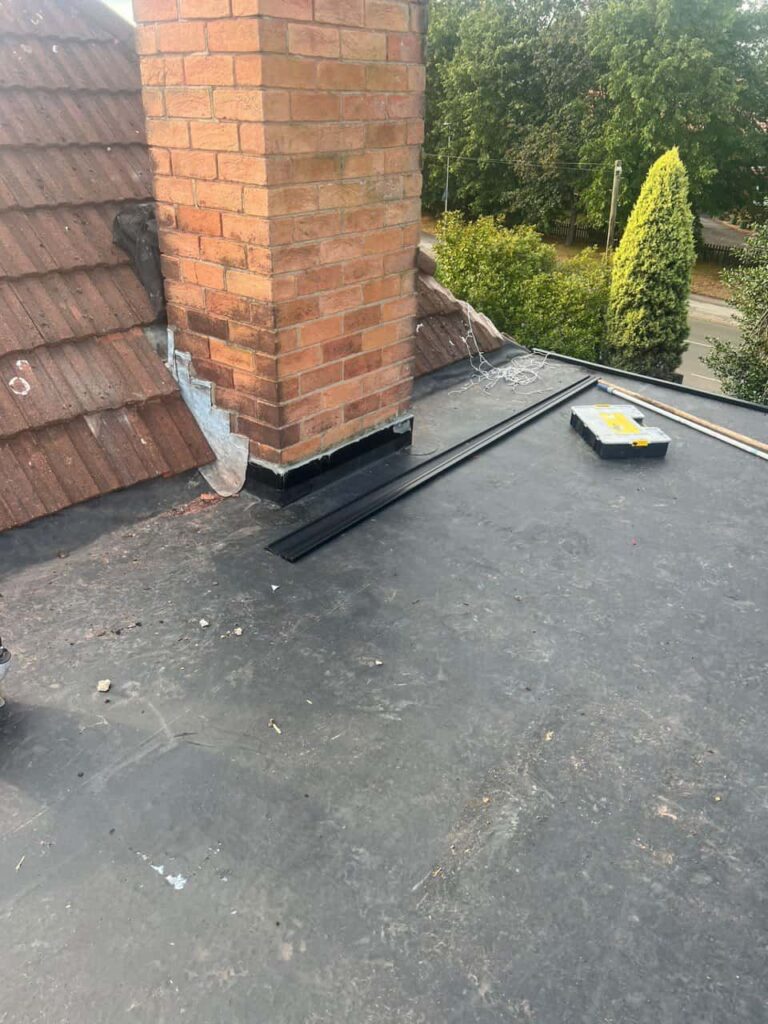Introduction: Roofing emergencies can strike unexpectedly, causing significant stress and potential damage to your home. At Clifton Roofing Repairs, we understand the urgency and importance of addressing roofing issues promptly and efficiently. To help homeowners navigate these challenging situations, we’ve compiled a comprehensive checklist for handling emergency roof repairs.
1. Assess the Situation Safely
Stay Safe Indoors
Your safety is the top priority. If you suspect significant damage to your roof, stay indoors and avoid areas where debris might fall. If you see water leaking inside, try to contain it using buckets and towels, but do not attempt to inspect the roof yourself during a storm or in the dark.
Visual Inspection from Ground Level
When it’s safe, conduct a visual inspection from the ground. Look for visible signs of damage, such as missing shingles, fallen branches, or noticeable dips in the roofline. If necessary, use binoculars for a closer look.
2. Document the Damage
Take Photos and Notes
Documenting the damage is crucial for insurance claims. Take clear photos of all affected areas from multiple angles. Make notes on the extent of the damage and any immediate hazards you observe.
Keep Records
Maintain a record of all interactions with your insurance company and roofing contractor. Include dates, times, details of conversations, and any estimates or invoices received.
3. Prevent Further Damage
Temporary Measures
If it’s safe, implement temporary measures to prevent further damage. This can include placing a tarp over the affected area or using waterproof coverings to protect exposed roof parts. Avoid going onto the roof yourself; instead, place the tarp on a ladder if possible.
Inside the Home
Move any valuable items away from the affected areas and place plastic sheeting over furniture to protect it from water damage. If water is leaking near electrical fixtures, consider turning off electricity in affected areas.
4. Contact a Professional Roofer
Emergency Services
Reach out to a professional roofing contractor who offers emergency services. At Clifton Roofing Repairs, we promptly respond to emergency calls, ensuring your roofing issues are addressed as quickly as possible.
Provide Details
When contacting the roofer, provide them with detailed information about the damage. Share your photos and notes to help them understand the extent of the issue and prepare accordingly.
5. Contact Your Insurance Company
Report the Damage
Inform your insurance company about the damage as soon as possible. Provide them with your gathered documentation, including photos, notes, and any initial estimates from your roofing contractor.
Understand Your Policy
Review your insurance policy to understand what is covered. Some policies cover the cost of emergency repairs, while others require a deductible. Your insurance agent can help clarify these details.
6. Arrange for a Professional Inspection
Comprehensive Assessment
Once immediate safety measures are in place, arrange for a comprehensive inspection by a professional roofer. This will help determine the full extent of the damage and the necessary repairs.
Detailed Estimate
Request a detailed written estimate from your roofing contractor. This should include a breakdown of the required repairs, materials, labour costs, and a timeline for completion.
7. Plan for Permanent Repairs
Schedule Repairs
Work with your roofing contractor to schedule permanent repairs as soon as possible. At Clifton Roofing Repairs, we prioritise emergency cases to ensure your home is protected and restored promptly.
Quality Assurance
Ensure that the repairs are completed to a high standard. All damaged areas should be properly fixed, and the new materials should match the existing roof. A reputable contractor will provide a warranty for their work, offering you peace of mind.
8. Prevent Future Emergencies
Regular Maintenance
Prevention is better than cure. Schedule regular roof inspections and maintenance to identify and address potential issues before they escalate. Clean gutters, trim overhanging branches and check for signs of wear and tear.
Emergency Preparedness
Prepare an emergency kit with plastic sheeting, tarps, buckets, and basic tools. Knowing where these items are can help you respond quickly in future emergencies.
Conclusion: Dealing with emergency roof repairs can be stressful, but having a clear plan can help you manage the situation effectively. Following this checklist, you can protect your home, minimise damage, and ensure a swift resolution to roofing emergencies.
Call us on: 0115 647 1193
Click here to find out more about Clifton Roofing Repairs
Click here to complete our contact form and see how we can help you with your roofing needs.

